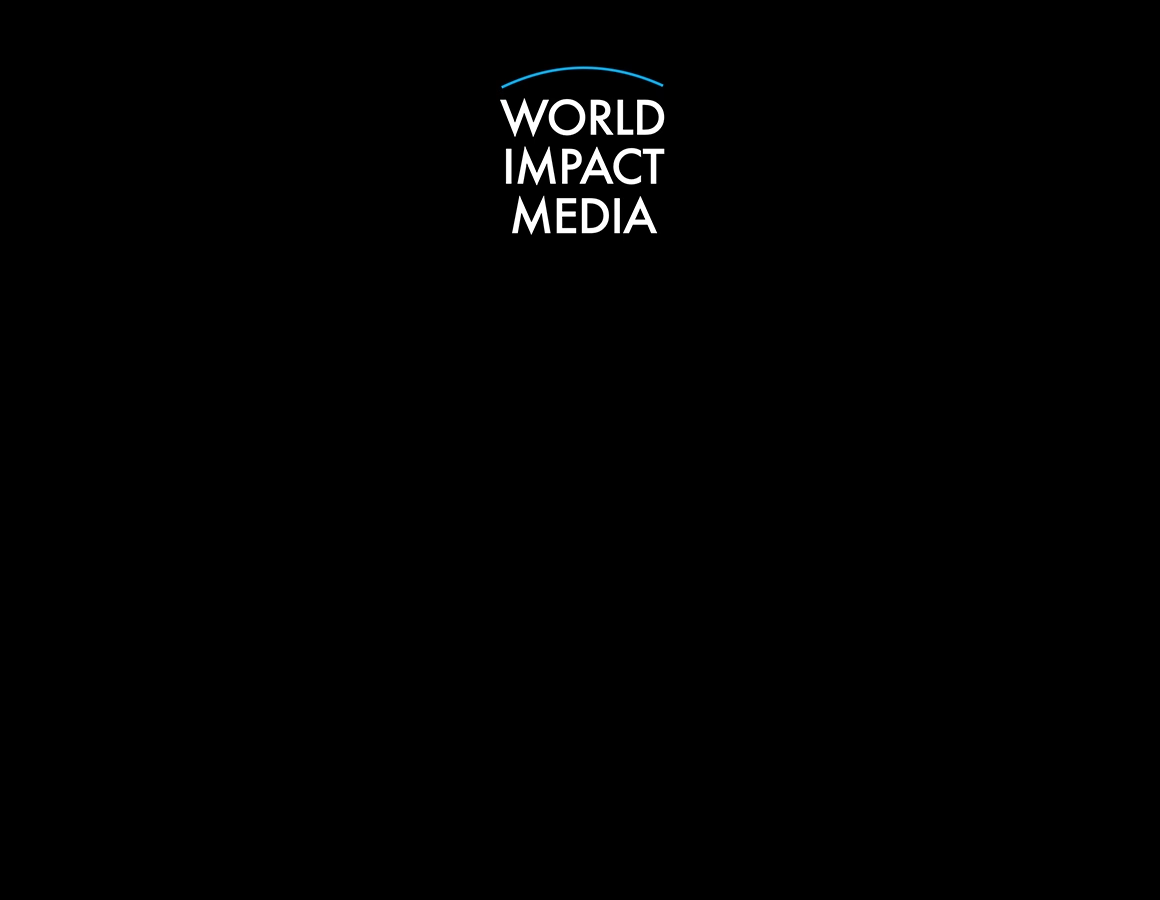Goldman Sachs has delivered a cautiously optimistic outlook on the global economy, predicting that Europe’s long-awaited revival may be underway while highlighting the Middle East as a critical growth market for the next decade. The assessment reflects shifting economic dynamics as regions adapt to geopolitical pressures, energy transitions, and an evolving global investment landscape.
Europe’s Turnaround Story
After years of sluggish growth, high energy prices, and industrial weakness exacerbated by the war in Ukraine, Goldman believes Europe is entering a phase of renewed resilience. A combination of stabilizing energy markets, falling inflation, and increased fiscal support across the eurozone has laid the foundation for moderate but sustainable growth.
According to Goldman’s economists, Germany and Italy, two economies that bore the brunt of the energy shock, are now seeing early signs of recovery, with manufacturing output stabilizing and consumer sentiment improving. France and Spain, buoyed by tourism and service exports, continue to outperform.
“The European economy is not racing ahead, but the worst fears of deep, prolonged stagnation are fading,” the report noted. “What we’re seeing is a pivot toward stability that could unlock investment opportunities in sectors such as green energy, infrastructure, and technology.”
Investment Hotspots in Europe
Goldman highlights three main areas for investors in Europe:
- Green Transition Projects: The EU’s aggressive climate policies and subsidies for renewable energy are generating opportunities in solar, wind, and hydrogen.
- Digital Infrastructure: The push for technological sovereignty—through expanded 5G networks, AI adoption, and semiconductor capacity—is creating new entry points for investors.
- Industrial Resilience: Rebuilding supply chains and reducing dependence on Russian energy imports are driving demand for capital and innovation.
While challenges remain—including high public debt and structural labor rigidities—the bank sees European equity valuations as “attractive relative to U.S. markets,” particularly in industrials and energy-transition plays.
Middle East: A Rising Investment Magnet
Beyond Europe, Goldman Sachs emphasized that the Middle East is emerging as one of the most dynamic regions for global capital allocation. Sovereign wealth funds in Saudi Arabia, the UAE, and Qatar are deploying record amounts of capital into technology, infrastructure, and diversification projects, transforming the region into both a source and destination of investment.
“Middle Eastern economies are no longer just oil stories,” Goldman noted. “They are pursuing aggressive diversification agendas that open up opportunities in sectors like tourism, financial services, data infrastructure, and artificial intelligence.”
- Saudi Arabia is leading the charge with its Vision 2030 plan, pouring billions into mega-projects like NEOM and pushing for foreign partnerships in green energy and entertainment.
- The UAE continues to strengthen its position as a global financial hub, expanding into fintech and digital assets.
- Qatar, flush with natural gas revenues, is making strategic bets in global real estate, sports, and infrastructure.
A Geopolitical Balancing Act
Goldman cautioned that both Europe and the Middle East face geopolitical headwinds. For Europe, the ongoing war in Ukraine remains a destabilizing factor, and political fragmentation in the EU could slow decision-making. For the Middle East, regional security risks and U.S.-China competition may complicate investment flows.
Nonetheless, the bank stressed that global investors can no longer overlook the Middle East’s role as both a capital provider and an emerging market in its own right.
What It Means for Investors
Goldman’s analysis reflects a strategic rebalancing of global capital flows. While the U.S. remains the dominant investment hub, Europe and the Middle East are gaining relevance, especially for long-term investors seeking diversification.
- In Europe, the opportunity lies in undervalued markets primed for recovery.
- In the Middle East, it lies in transformational growth driven by sovereign-backed investment agendas.
“This is a moment of convergence,” Goldman concluded. “Europe is stabilizing just as the Middle East is accelerating, creating a powerful combination of investment themes.”
















